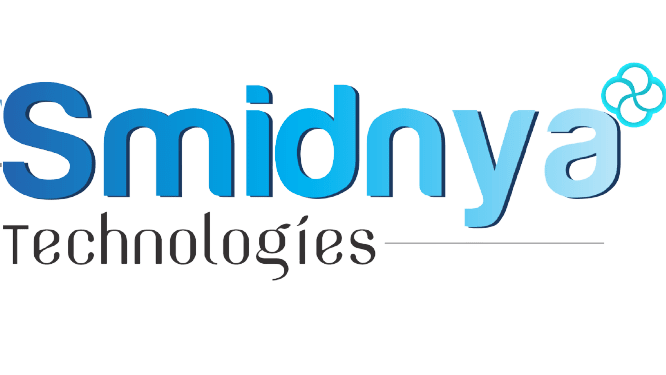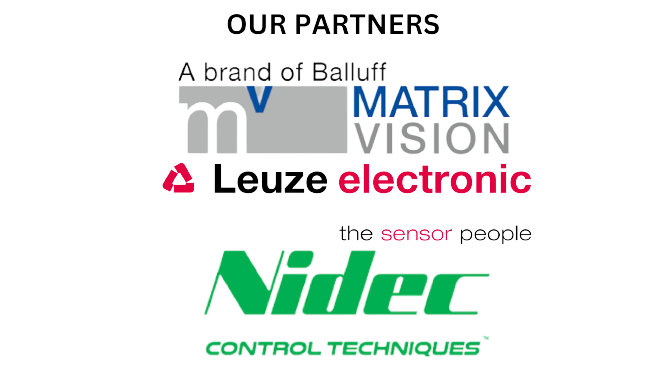How are track and trace solutions used in the apparel industry?
Track and trace solutions are used in the apparel industry to enable the identification, tracking, and tracing of apparel products throughout the supply chain, from production to distribution to retail. Here's an overview of how track and trace solutions are typically used in the apparel industry:
Product identification: Each apparel product is assigned a unique identifier, such as a barcode, QR code, RFID tag, or a combination of identifiers. This identifier serves as a digital "license plate" that allows the product to be uniquely identified and tracked throughout the supply chain.
Production tracking: During the production process, data is captured at various points using scanners, sensors, or other data capture devices to track the progress of apparel products as they move through different stages, such as cutting, sewing, and finishing. This data may include information such as product specifications, production timestamps, and quality control results.
Inventory management: Track and trace solutions are used to manage inventory in real-time, allowing apparel manufacturers to track the movement of products within their warehouses and distribution centers. This helps optimize inventory levels, prevent stockouts, and improve supply chain efficiency.
Supply chain visibility: Track and trace solutions provide real-time visibility into the movement of apparel products as they move through the supply chain, from the manufacturer to the distributor to the retailer. This allows for better coordination, monitoring, and control of the supply chain, resulting in improved efficiency and reduced costs.
Distribution and logistics: Track and trace solutions are used in distribution and logistics to track the movement of apparel products during transportation. This includes monitoring shipping containers, trucks, or parcels, and capturing data such as shipment status, location, and temperature to ensure products are transported under the required conditions.
Brand protection: Track and trace solutions may include mechanisms for brand protection, such as anti-counterfeiting technologies, to authenticate apparel products and prevent the sale of counterfeit goods. This helps protect the brand reputation and consumer trust.
Customer engagement: Some track and trace solutions in the apparel industry also provide opportunities for customer engagement. For example, customers can scan the unique identifier on a product to access information about the product's origin, materials used, and sustainability credentials, enhancing the overall customer experience.
Returns and recalls management: In case of product recalls or returns, track and trace solutions can be used to quickly identify the affected products based on the unique identifiers and the captured data, facilitating efficient recall or returns management processes.
Reporting and analytics: Similar to other industries, track and trace solutions in the apparel industry can provide reporting and analytics capabilities, allowing manufacturers and retailers to gain insights from the captured data, such as inventory levels, order fulfillment rates, and supply chain performance, to drive data-driven decision making and continuous improvement.
Overall, track and trace solutions in the apparel industry are used for product identification, production tracking, inventory management, supply chain visibility, distribution and logistics, brand protection, customer engagement, returns and recalls management, and reporting and analytics, to enable real-time visibility, traceability, and control throughout the apparel supply chain.

